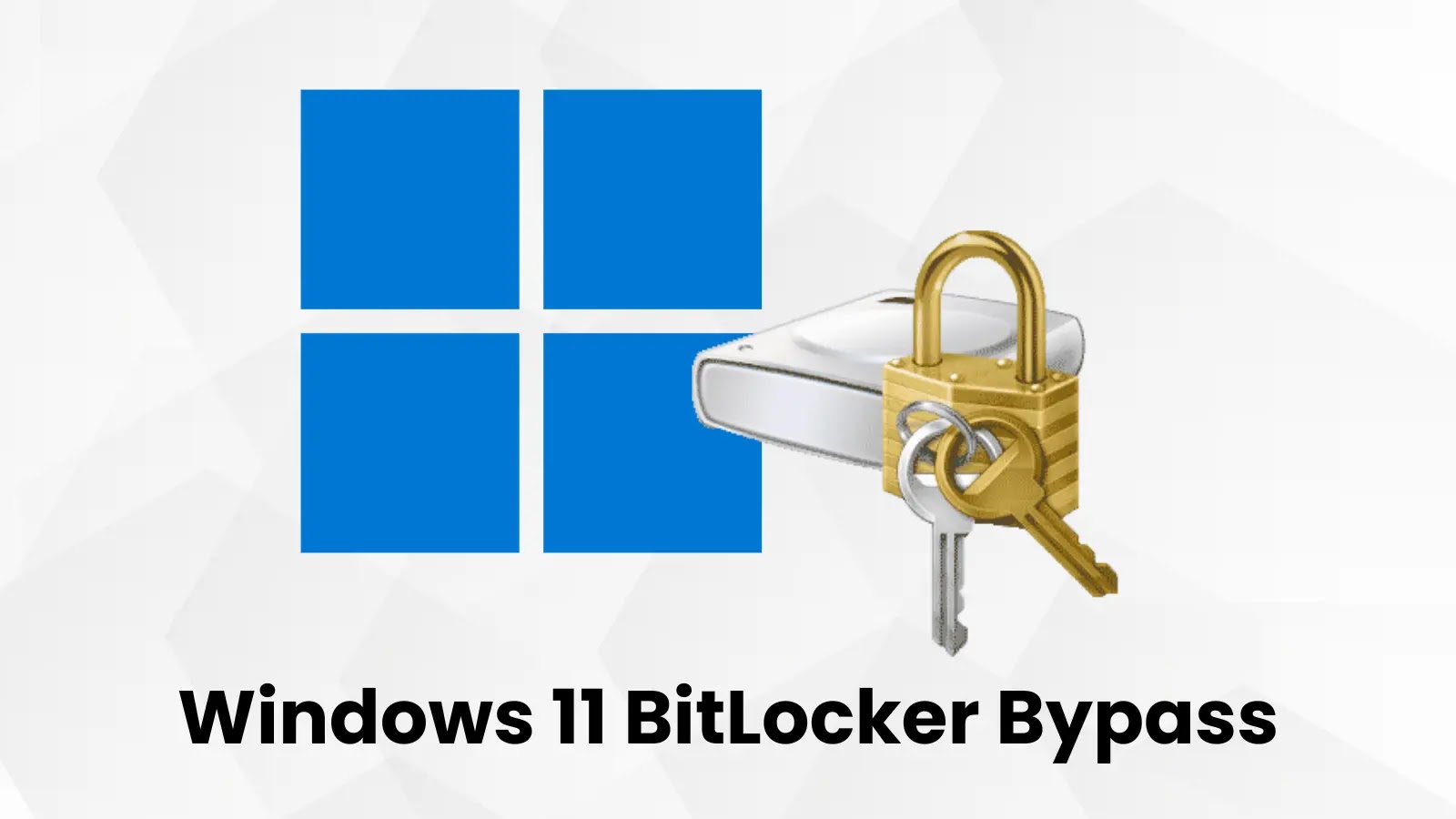An attacker with physical access can abruptly restart the device and dump RAM, as analysis of this memory may reveal FVEK keys from recently running Windows instances, compromising data encryption.
The effectiveness of this attack is, however, limited because the data stored in RAM degrades rapidly after the power is cut off.



Its kinda useful for devices where userland is also protected against exfil, like a kiosk or windows lock screen.
If the bios is hardened, secure boot on, bitlocker on, and windows is locked with a password, you can’t simply take the disk out and manipulate it cause bitlocker with TPM means only that specific hardware profile will decrypt the disk automatically.
You can’t get to explorer cause the system is locked with windows auth, and you can’t reset the PW cause bitlocker is on, and you cant remove the disk cause the TPM protects against that with bitlocker.
Its really not perfect, and I’m not advocating for it, but its a decent protection in systems where adding another pin/password isn’t practical.
Even Microsoft recommends at least also using a pin with bitlocker.